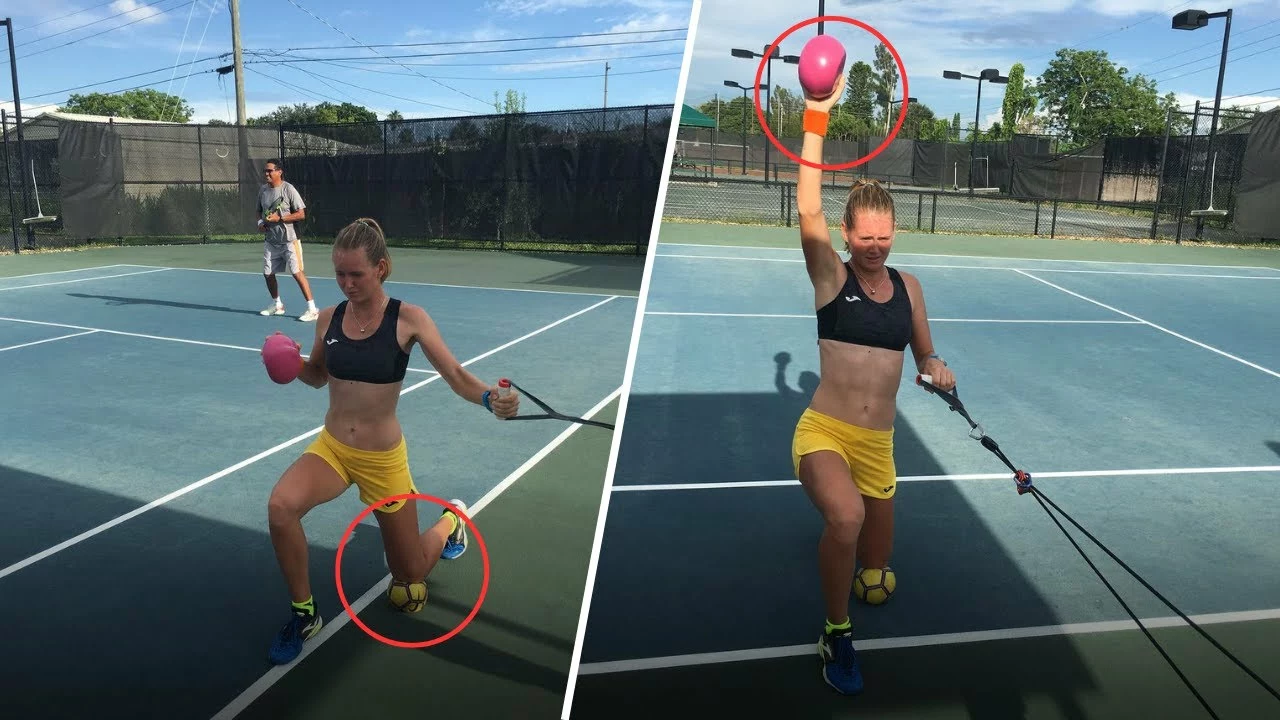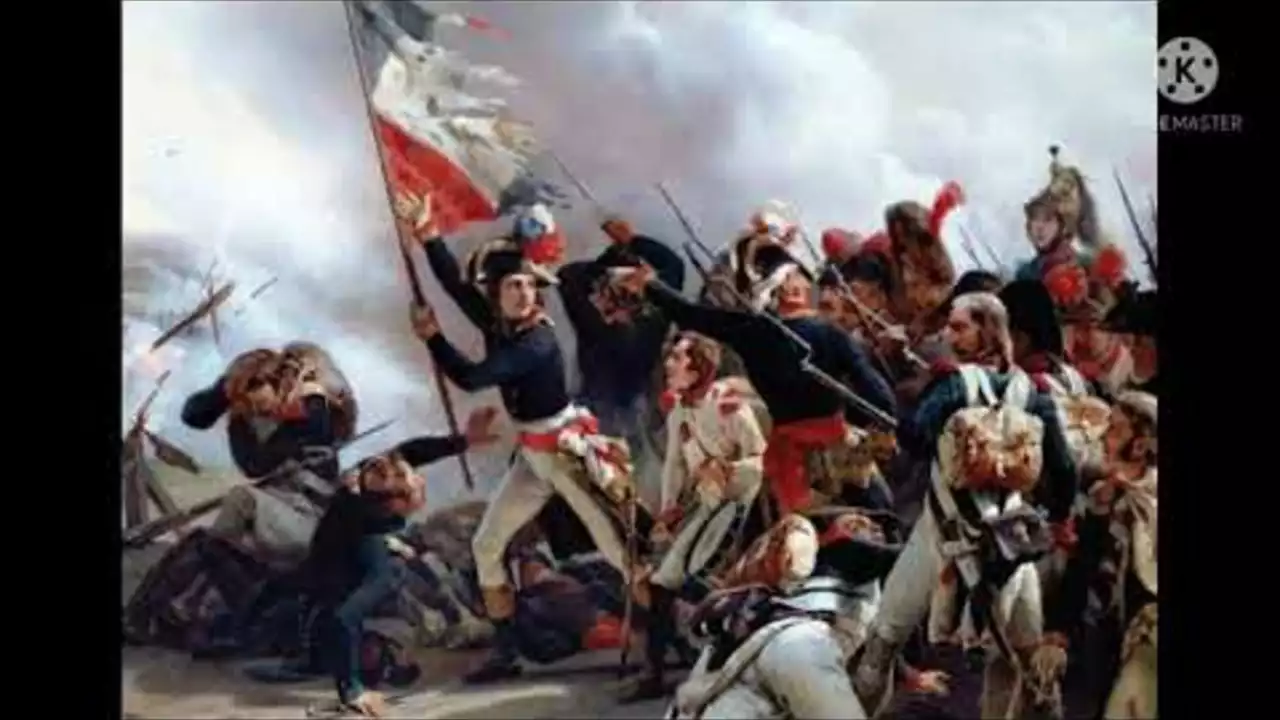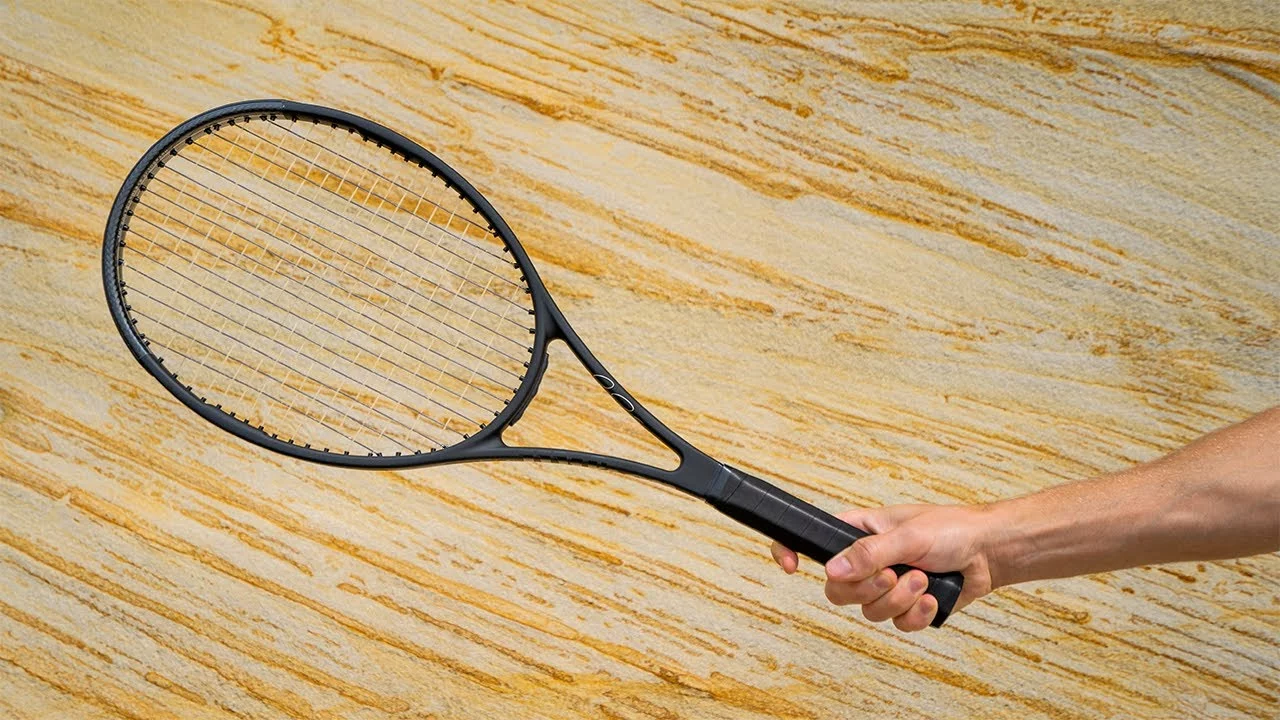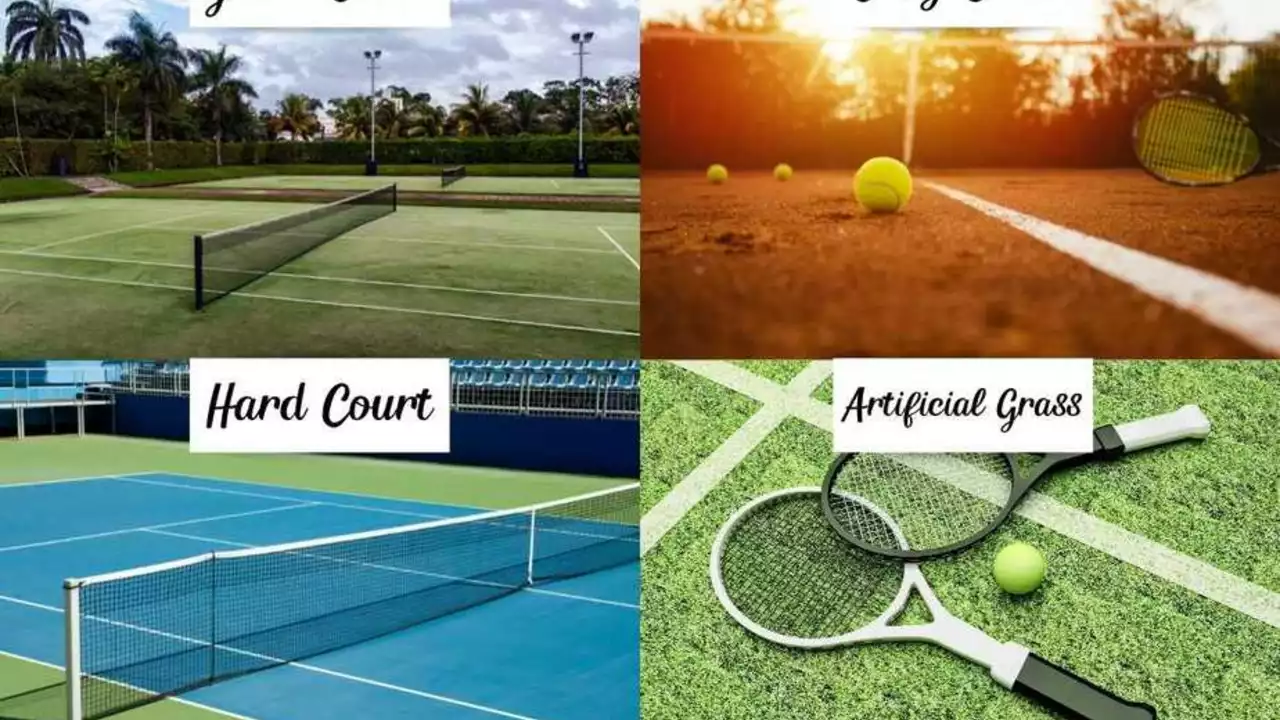July 2023 Archive – What We Shared This Month
Welcome back! This month we covered a mix of tennis know‑how and a splash of history. Below you’ll find quick takeaways from each post, so you can grab the useful bits without scrolling through every article.
Tennis Training & Gear Insights
First up, we broke down how professional players train. It isn’t just long rallies on the court; a day often starts with a balanced breakfast, followed by two to three hours of on‑court drills, strength work, and mobility exercises. Mental drills like meditation and visualization also make the cut, because staying sharp off the court helps you stay sharp on it.
Next, we tackled a common question: why does a heavier racket feel more powerful? The short answer is physics – more mass means more force when you swing, thanks to Newton’s second law (force = mass × acceleration). The trade‑off is you need extra strength and stamina to control a heavier frame, so it’s not the best fit for everyone.
We also asked which court surface is the toughest to play on. Surprisingly, we landed on clay. Clay slows down the ball, makes it bounce higher, and slides under your feet, demanding extra footwork and endurance. If you’re used to fast hard courts, the extra grind on clay can feel like a whole new game.
History Spotlight
Beyond tennis, we slipped in a quick history bite about the French Revolution’s leaders. The era began with King Louis XVI, who was executed in 1793. The radical Jacobins, led by Robespierre, took over until their downfall in 1794. Then the Directory governed from 1795 until Napoleon seized power in 1799, later crowning himself Emperor in 1804.
Each of these posts aimed to give you practical tips or a neat fact you can share with friends. Whether you’re looking to tweak your training schedule, decide on a new racket, prepare for a clay match, or just drop a cool history note at a party, the July archive has something for you.
Got a favorite article from this month? Let us know in the comments – we love hearing what sticks with you. Keep checking back for more tennis advice, gear reviews, and occasional history detours.



